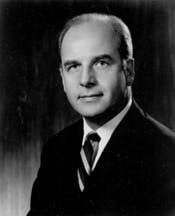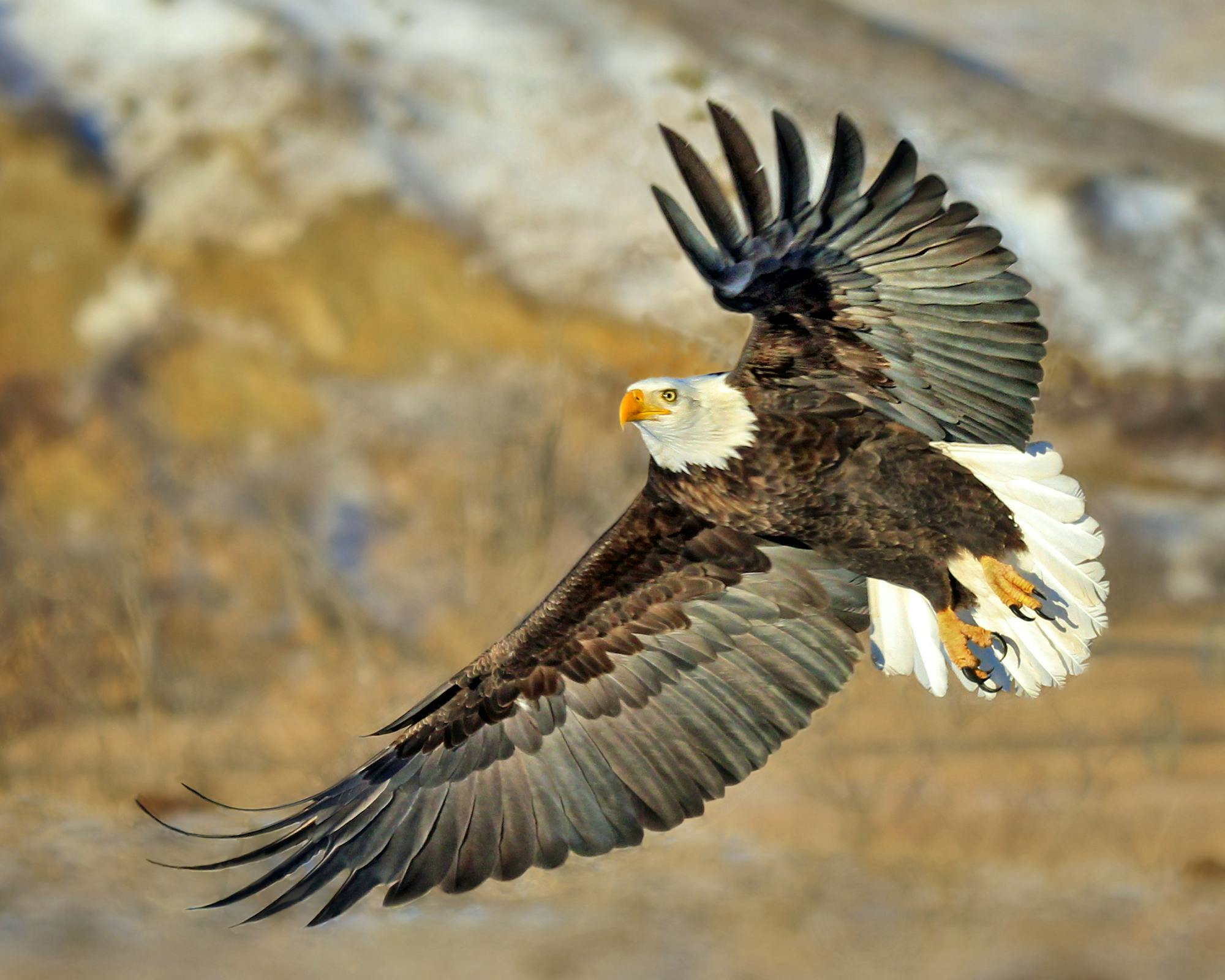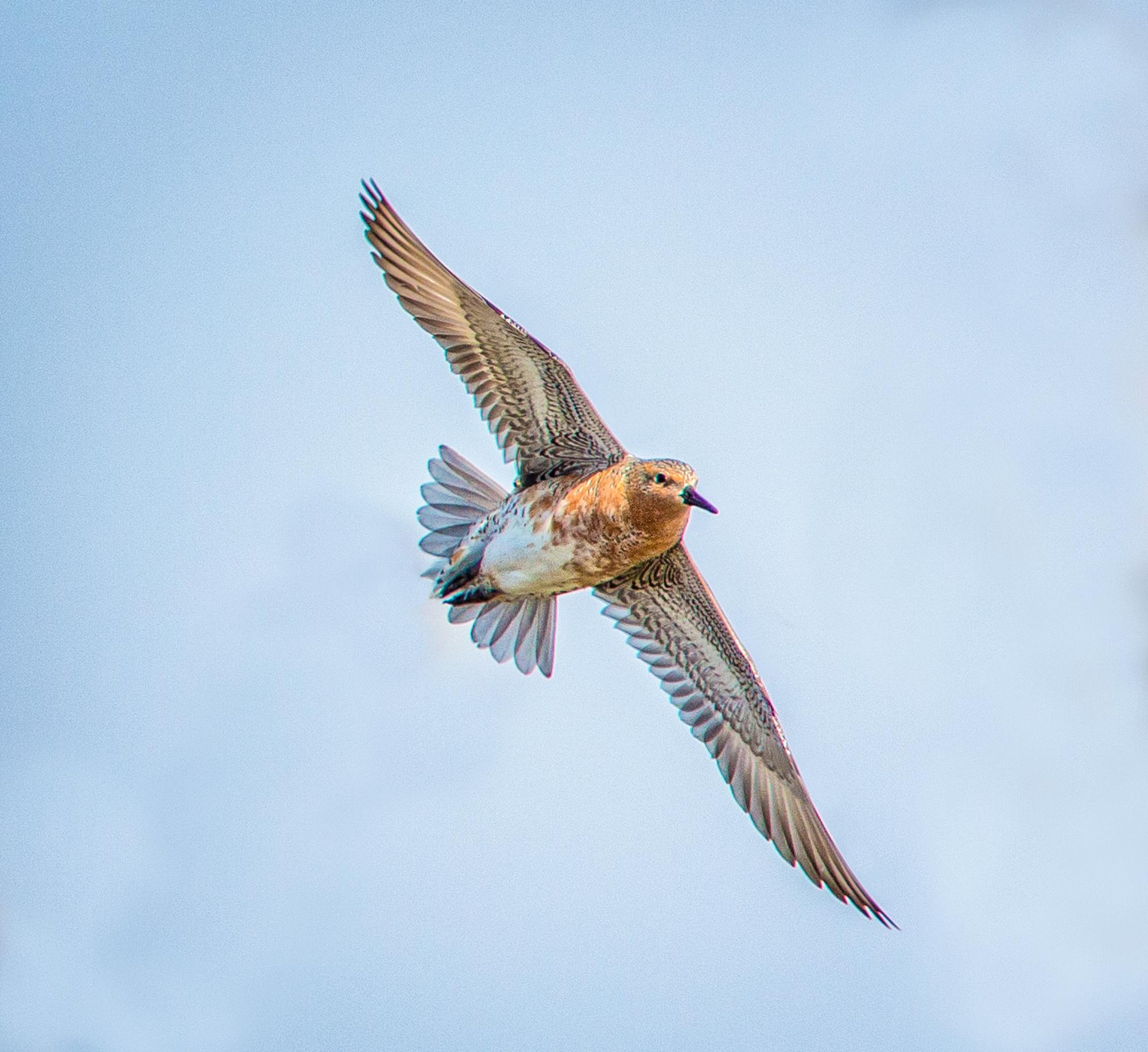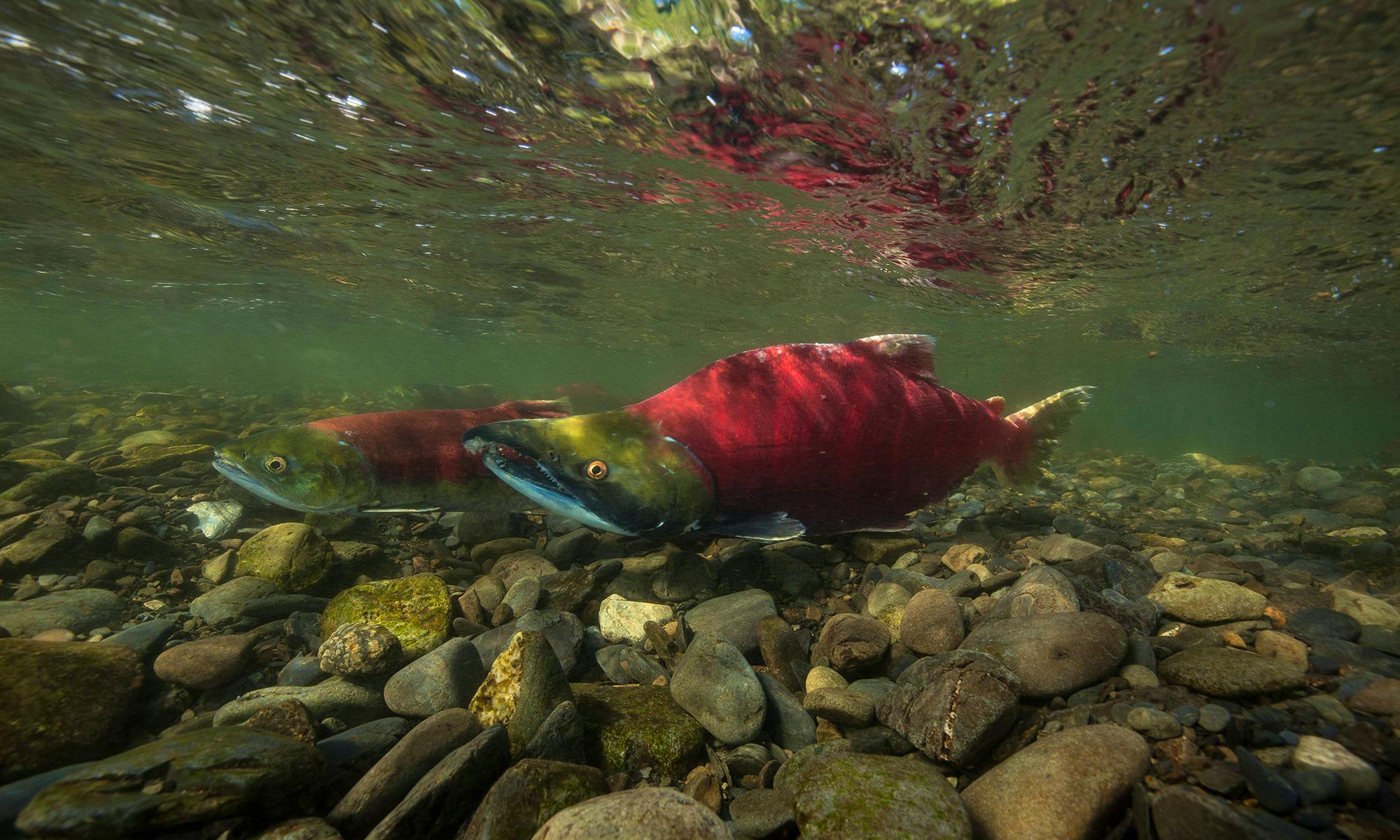When Sen. Gaylord Nelson from Wisconsin called for an environmental teach-in on April 22, 1970, he was responding to a people frustrated by acid rain, pesticides, coal smog, toxic chemicals and oil slicks. That first Earth Day empowered people across the country to speak up because no matter who they were or where they came from, they believed in living on a safe and healthy planet.



The environmental movement that followed resulted in landmark victories with the passage of such laws as the Endangered Species Act and the Clean Water Act. But change in the 1970s did not just come from Washington D.C., and it can’t now.
The world faces a looming biodiversity crisis, driven by climate change and human development, that places as many as a million species at risk of extinction.
Addressing that crisis requires all of us. If we keep expecting our government to step up and deviate from business as usual, we are sure to pass this calamity on to the next generation. We cannot let that happen. I cannot let that happen.
Staving off the sixth mass extinction is not a problem that can be solved species by species. We must look at this holistically, immediately addressing the real impacts of climate change and defending a vast network of lands and waters that support biodiversity. Every species needs our help—from the tiniest freshwater mussels and salamanders of the southern Appalachians to migratory birds and polar bears in the Arctic.






The National Wildlife Refuge system that captivates young and old alike, the bald eagle that returned from the brink of extinction and the clean air that we breathe are emblematic of what we can accomplish together.
Protecting our environment needs to be a moral imperative. We need to assert a stewardship ethic for the planet. We cannot afford to be complacent, hoping that someone else will save our Earth.
On the 50th anniversary of Earth Day, speak up, speak out, get outside and above all else, act.
I hope that in another 50 years, the children of tomorrow will be able to celebrate by paddling down a clear river teeming with salmon or watching herds of bison cross the Great Plains, and I hope they will marvel at how far we’ve come.
Read selected articles from our magazine or join today to receive the full magazine quarterly in your mailbox!







Follow Defenders of Wildlife
facebook bluesky twitter instagram youtube tiktok threads linkedin